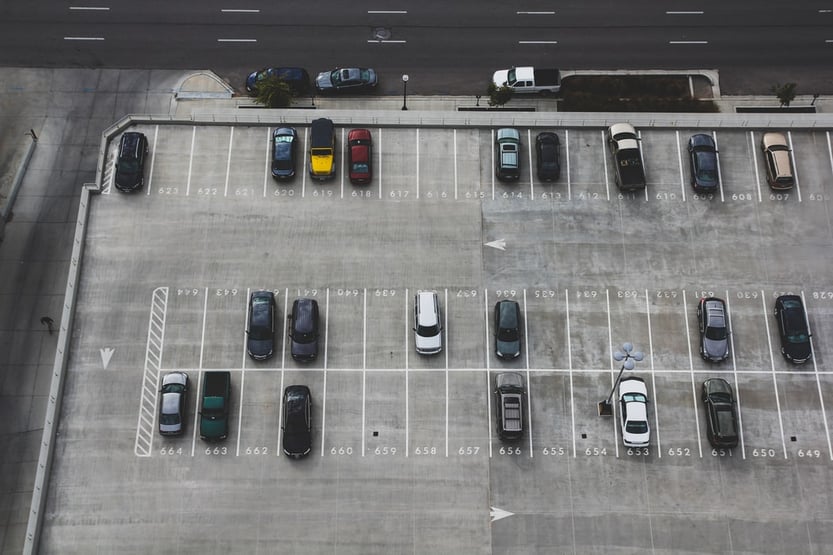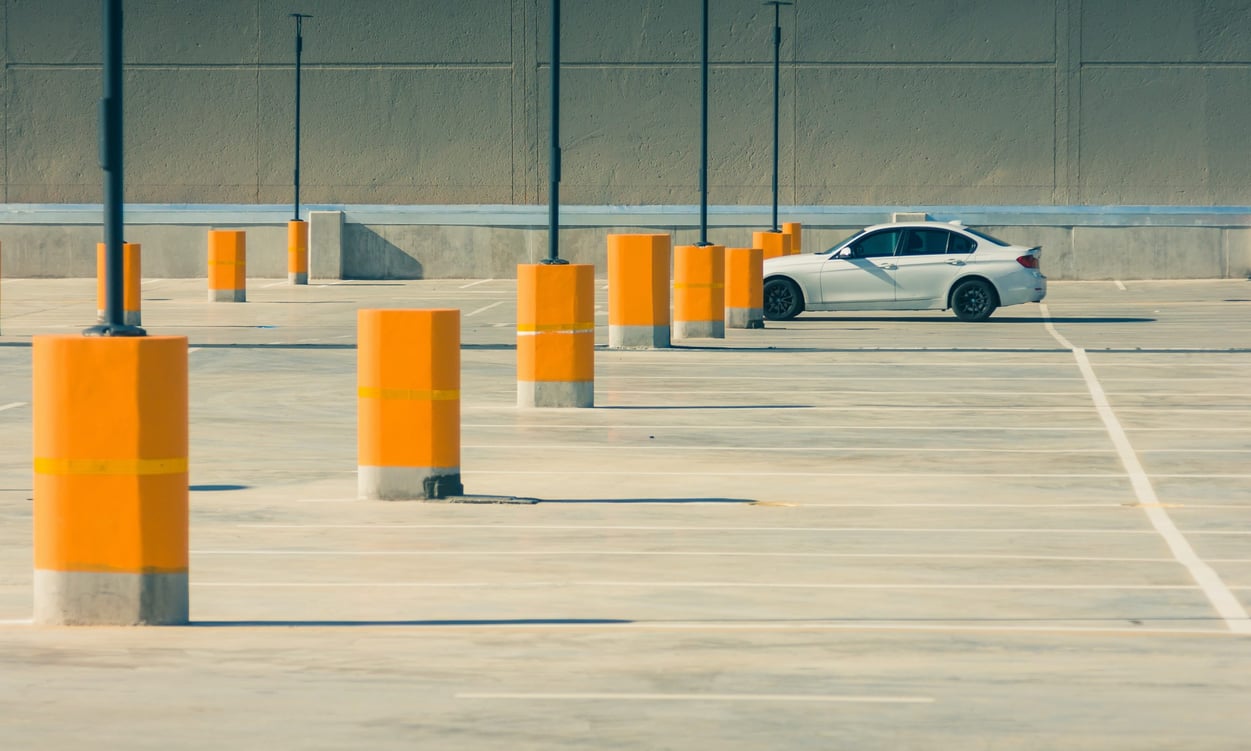Philadelphia has two million of them; Houston has six million; even Jackson, Wyoming has more than one hundred thousand. We’re not talking about people, or pets, or retail stores. Across the United States, some estimate as many half a billion parking spots, which occupy about as much land as the entire State of Connecticut. Much of this parking capacity is owned by public agencies who make these spaces available to the public at below-market rates or for free.
In the past, such policies were necessary to allow customers to access neighborhood stores or to allow commuters to reach public transit stations. But today, new mobility solutions offer alternative modes of access, making the continued provision of free or subsidized parking a policy holdover from America’s peak car ownership days that is long overdue for change. Structured parking can be expensive to build and maintain — often more than $70,000 per space in some cities. This means that a requirement to build a 300-person garage could cost a city $10 million while occupying land that could have been used for parks, public space, or additional housing units. One such emerging technology is microtransit — an on-demand transit solution that provides shared rides in dynamically routed public vehicles. Microtransit, along with other technology-driven solutions such as micromobility (shared bikes and scooters) can be particularly helpful in unlocking the value of public land.
As one example, consider how microtransit and micromobility can improve access to commuter park-and-ride facilities. According to some estimates, one in five transit commuters in the United States use these parking facilities every day. For decades, these lots have played a key role in allowing commuters to access public transit: commuters drive from home to a nearby rail or bus station, park their car while they ride to work and back, and then after work, drive their car home from the station to complete the “last mile” of their commute.
But today, technology-driven alternatives offer public agencies an opportunity to revisit their parking strategies, generating a new source of revenue while providing commuters more convenient and sustainable station access.
The Seattle metropolitan area presents one of the best examples of how microtransit can improve station access, reduce congestion and avoid the need to build expensive parking lots. A service launched last year by King County Metro and Sound Transit—called Via to Transit—offers riders a technology-enabled solution to streamline their daily commute.
In an area where commuter park-and-ride lots often fill up before 7 a.m. on weekdays, Seattle-area commuters using the Link light rail system are picked up within a short walk of their home in a shared microtransit vehicle operated by Via, and dropped at a nearby rail station.
The ride-sharing algorithm dynamically dispatches vehicles in response to real-time requests and efficiently aggregates multiple passengers heading to the same light rail station to make the most efficient use of system capacity, even in lower density areas. The Via to Transit trip is treated as a free transfer when riders pay using their Orca fare card, just as when a rider transfers between two public transit buses, or between a bus and a rail trip. Similar microtransit services exist around the world, from Dallas to Doha; Salt Lake City to Sydney.

Discovering the opportunity costs of parking
In other cities around the country, public agencies are increasingly recognizing the opportunity cost of dedicating land to parking, and taking steps to monetize their real estate assets.
Some leading transit agencies, for example, have leveraged their property to promote transit oriented development (TOD), creating dense, mixed-use, walkable communities. These redevelopment projects can generate significant revenue that public agencies can use to invest in infrastructure, while creating new housing units for their communities.
For example, the San Francisco Bay Area Rapid Transit District (BART) has already built more than 2,000 housing units and nearly one million square feet of office and retail space through its TOD projects, with many thousand more planned or under construction. And BART is not alone: cities and transit authorities in every corner of the country are revisiting their real estate strategies and developing new homes and retail spaces for their communities on land previously used for parking. These projects represent a major improvement in land use policy, but communities often resist developments that reduce the availability of local parking spots, and thus convince the relevant agencies to set aside a portion of the developable land for publicly-supported parking in the design of TOD projects.
In fact, according to one study of TOD policies at American transit agencies, more than 70% of surveyed transit agencies considered or implemented structured parking at stations associated with joint development or TOD projects, and less than half had a formal policy in place to govern parking replacement decisions.
Structured parking can be expensive to build and maintain — often more than $70,000 per space in some cities. This means that a requirement to build a 300-person garage could cost a city $10 million while occupying land that could have been used for parks, public space, or additional housing units. Instead, the cities can allocate this land to its highest-value use, or remove requirements to build a minimum number of parking spaces on infill developments. They can then use a portion of the revenue generated from the project to fund sustainable mobility options like microtransit.
Here, too, leading transit agencies are showing us that there is a better way. Last year, for example, the Chicago City Council updated its TOD ordinance to reduce minimum parking requirements for both residential and non-residential buildings. Importantly, these guidelines extended not only to Chicago Transit Authority and Metra commuter rail stations, but also applied to selected bus route corridors.
And in approving BART’s latest TOD Performance Targets document, the Board of Directors not only eliminated minimum parking requirements in its developments, it went as far as to set maximum parking ratios for both residential units and office and retail space. The biggest challenges of the next decade, from housing to transit, will require bold policy choices. By following in the footsteps of innovative agencies around the country, we can begin to reverse decades of car-based choices and build the livable, sustainable communities that we need for the next decade and beyond.



%206.png?width=71&height=47&name=The%20Buzz%20Blog%20Hero%20(1750%20x%201200%20px)%206.png)
.png?width=71&height=47&name=Via%20product%20showcase%20(6).png)